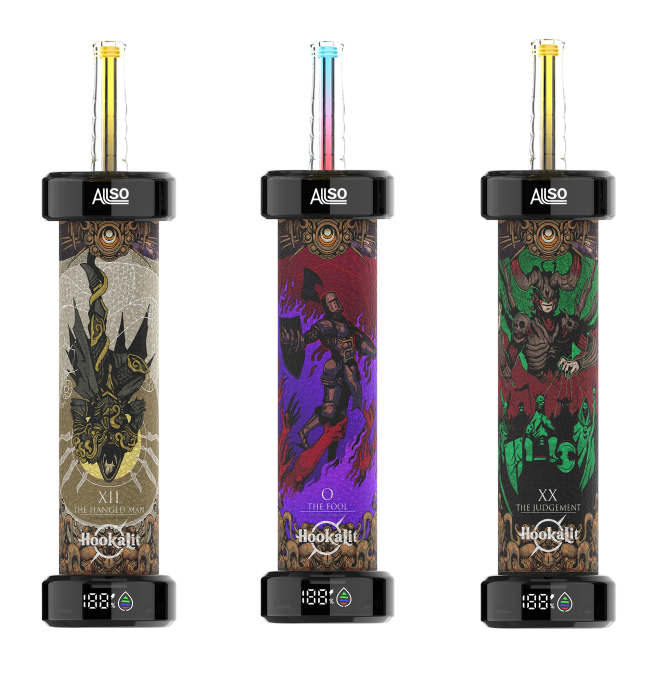What is Tobacco Nicotine
2022-04-03
Nicotine is a molecule, alkaloid, naturally produced by some Solanaceae, a family that not only comprises tobacco but also chili peppers, tomatoes, potatoes, eggplants or petunia. Among those plants, tobacco (Nicotiana tabacum) is the one of the richest in nicotine with 8 to 14%, and it is the reason why it has been used, dried, and combusted in cigarettes.
Nicotine and tobacco have gone hand in hand for more than a hundred of years. When smoked nicotine causes psychological stimulus for smokers which makes it addictive. In combusted cigarettes, tobacco leaves have primarily been used without any other treatment than drying. Bright tobacco leaf are ready for harvest when they turn yellow-green, their sugar content is at its maximum and they will cure to a deep golden color with mild taste. Tobacco companies have worked on this taste with additives, whose controversial use is regarded as an enhancer of cigarettes’ addictiveness.
Nicotine has also been used as an insecticide after WWII but its use has declined since other cheaper molecules became available from the chemical engineering industry.























































